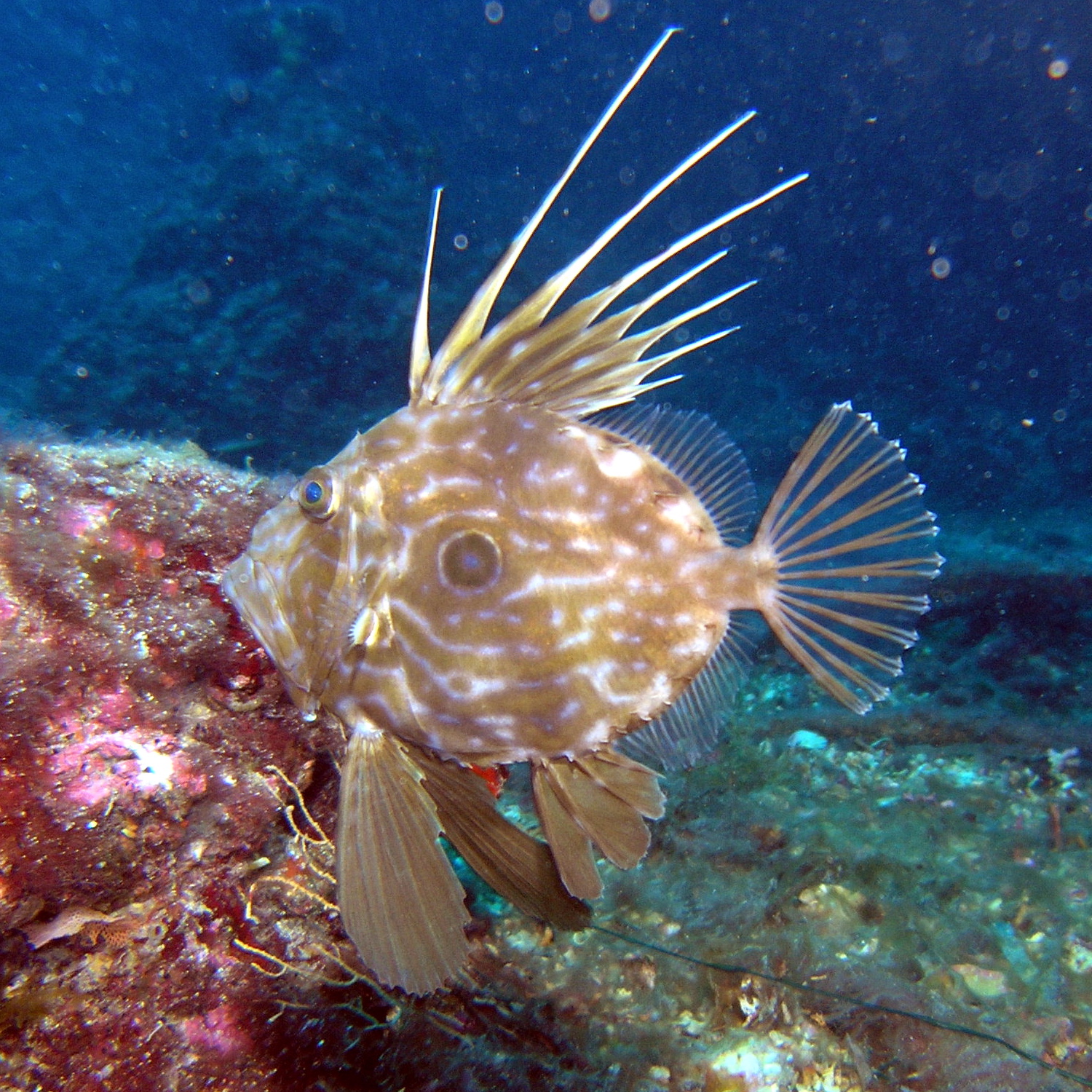John Dory, known scientifically as Zeus faber, stands as a captivating species of fish renowned for its widespread distribution across coastal marine regions. Often referred to as St. Pierre or Peter’s Fish, the John Dory fish emerges as a notable culinary delight among seafood aficionados. Its demersal habitat, characterized by dwelling near the seabed, adds a layer of intrigue to its marine existence.
John Dory, St Pierre/Peter’s Fish Facts: Profile, Description, Range
In the cultural tapestry of New Zealand, the indigenous Maori people hold reverence for the John Dory fish, known in their language as “kuparu”. The historical encounter between Captain James Cook and the Maori during his inaugural voyage to New Zealand further enshrined the significance of this marine species. Notably, along the east coast of the North Island, the Maori bestowed Captain Cook with gifts, among which were casks containing the essence of the John Dory—a gesture emblematic of cultural exchange and reverence for the enigmatic denizen of the seas.
Distinctive Physical Attributes
The John Dory Fish presents an aesthetically striking appearance with its laterally compressed olive-yellow body, defining its visual allure. Adorned with a conspicuous large dark spot spanning its body surface, the John Dory fish commands attention in aquatic realms. Furthermore, its dorsal fin boasts long spines, endowed with a remarkable rigidity that orchestrates precise control over its movements within the aquatic medium.
The Mysterious ‘Evil Eye’
In moments of perceived danger, the enigmatic dark spot adorning John Dory’s body serves a remarkable purpose—it flashes the ominous ‘evil eye’, an evolutionary adaptation perhaps to ward off potential threats. The prominent placement of its large eyes at the forefront of its head grants the John Dory fish a remarkable advantage, facilitating binocular vision and depth perception crucial for its predatory endeavors. Additionally, the deceptive eye spot positioned adjacent to its body adds to its arsenal of predatory tactics, bewitching unsuspecting prey before engulfing them within its expansive mouth.

Other Recommended Articles
- Dog Face Puffer Fish – Profile | Care | Food | Reef Safe | Lifespan
- Peppermint Shrimp – Profile | Care | Tank | Breeding | Reef Safe
- Lawnmower Blenny Fish – Profile | Facts | Tank | Diet | Care
- Orange Spotted Blenny – Profile | Facts | Reef Safe | Spot | Tail
- Red Phantom Tetra – Profile | Care | Tank Mates | Breeding | Size
- Dwarf Chain Loach – Profile | Care | Tank Mates | Breeding
- Blood Parrot Cichlid – Profile | Care | Tank Mates | Eggs | Food
- Cardinal Tetra – Profile | Care | Size | pH | Breeding | Temperature
- Catfish Species for Aquariums – Types of Aquarium Catfish
- Green Neon Tetra – Profile | Care | PH | Tank Mates | Breeding
- Glowlight Tetra – Profile | Care | Eggs | Breeding | Tankmates
- Honey Gourami Care – Guide | Fry | Male Female | Egg | Health
- Texas Cichlid – Care | Tank Mates | Breeding | Size | Temperature
- Demasoni Cichlid – Tank Mates | Male | Female | Care | Breeding
- Synodontis Petricola – Catfish | Size | Breeding | Care | Diet | Tank
- Yellow Lab Cichlid – Tank Mates | Size | Care | Breeding | Fry
- Black Phantom Tetra – Profile | Size | Tank Mates | Care | Breeding
- Black Neon Tetra – Profile | Care | Tank Mates | Size | Breeding
- Forktail Blenny – Profile | Facts | Venom | Care | Biota
- Flametail Blenny Fish – Profile | Care | Reef Safe | Tank
